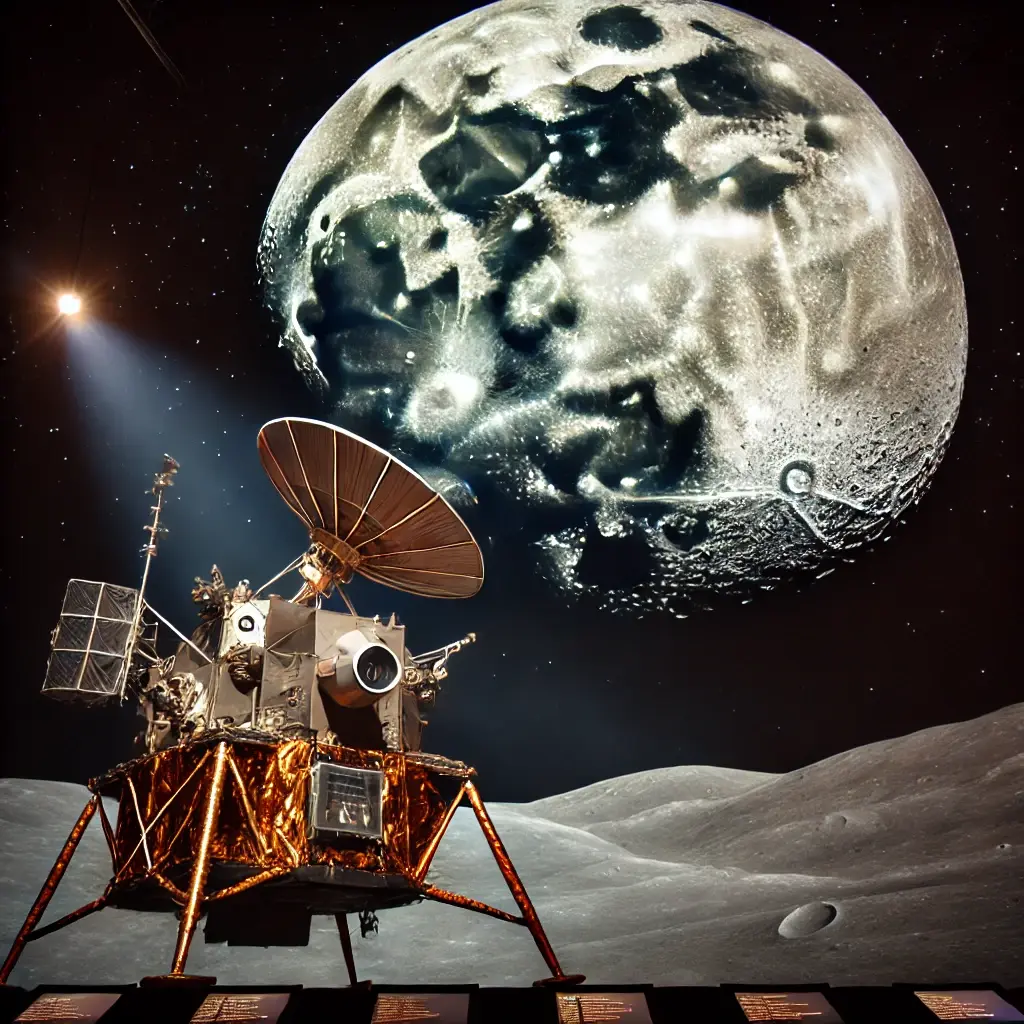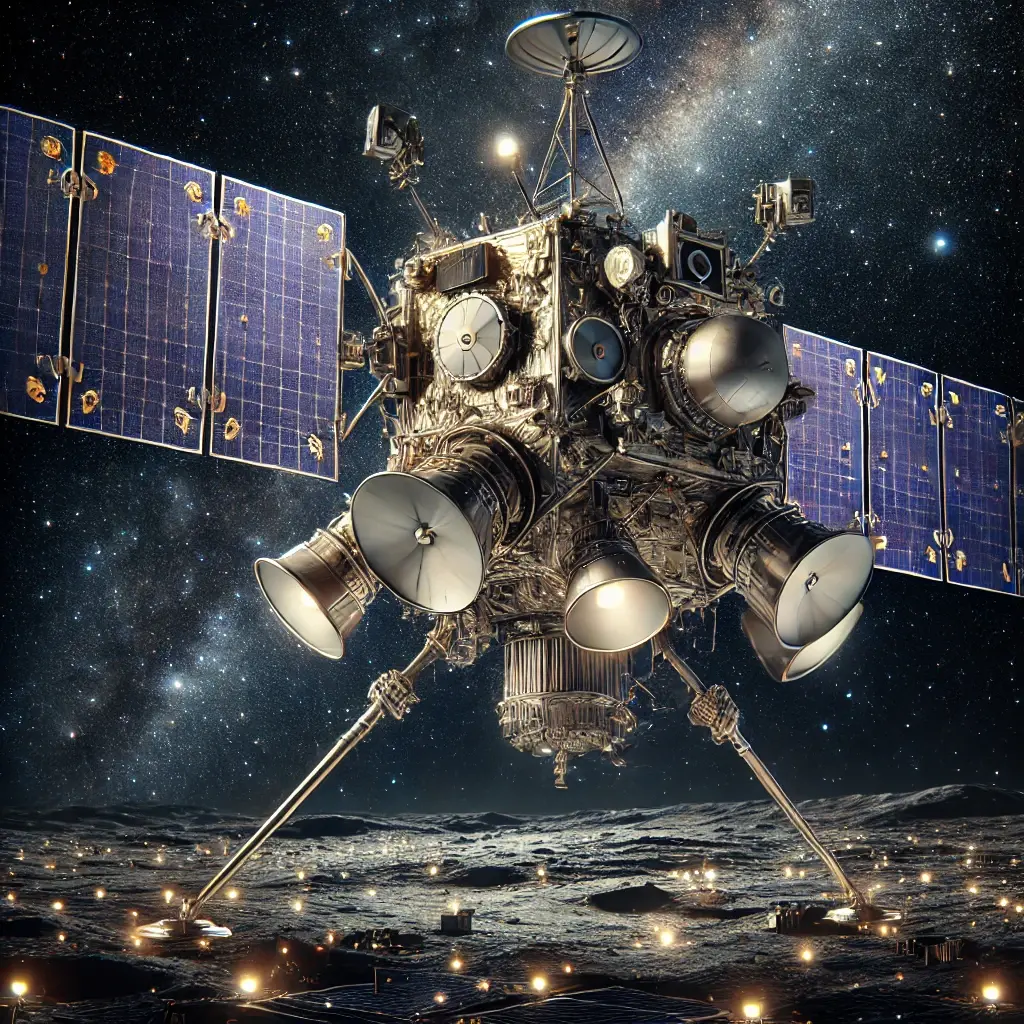
Ranger 7 made history on July 31, 1964, by sending back the first close-up photographs of the moon, marking a significant milestone in the American space program. This mission was part of NASA’s Ranger program, which aimed to achieve high-quality lunar photography to aid in planning for manned lunar landings. The successful transmission of over 4,300 images provided invaluable scientific data and offered the world its first detailed views of the lunar surface, paving the way for future Apollo missions.
Ranger 7’s historic achievement on July 31, 1964, represented a significant breakthrough in the American space program and marked a major milestone in humanity’s exploration of the moon. This successful mission was the culmination of several years of dedicated work by NASA scientists and engineers who aimed to achieve detailed lunar photography to facilitate the planning of future manned lunar landings.
The Ranger program was initially conceived in the late 1950s as part of NASA’s broader efforts to explore the moon and the solar system. The program faced numerous challenges and setbacks in its early missions, with the first six Ranger missions encountering various technical failures. These early difficulties underscored the complexity of space exploration and the need for rigorous testing and innovation. Ranger 7, however, overcame these obstacles and succeeded where its predecessors had not, providing a much-needed boost to the American space effort.
Ranger 7 was equipped with six television cameras designed to capture high-resolution images of the lunar surface. These cameras were strategically arranged to photograph the moon in the final minutes before the spacecraft’s planned impact. The primary objective was to obtain detailed images of the moon’s surface features, which were essential for selecting safe and scientifically valuable landing sites for future Apollo missions.
As Ranger 7 approached the moon, it began transmitting images back to Earth, providing unprecedented views of the lunar surface. The spacecraft sent back over 4,300 photographs, capturing details as small as a few meters across. These images revealed a rugged and cratered landscape, offering new insights into the moon’s geological history and surface composition.
The success of Ranger 7 had immediate and far-reaching implications for the space program. The detailed photographs provided critical data for lunar scientists, enabling them to better understand the moon’s surface features and geological processes. This information was instrumental in the planning of subsequent lunar missions, including the landmark Apollo missions that would eventually land humans on the moon.
The images transmitted by Ranger 7 were not only of scientific value but also captured the imagination of the public. For the first time, people around the world could see the moon’s surface in detail, enhancing their sense of connection to space exploration and the broader efforts of the space program. The photographs were widely published in newspapers and magazines, and they became iconic representations of humanity’s quest to explore and understand the universe.

Ranger 7’s mission also demonstrated the capabilities of NASA and the potential for future space exploration. The success of this mission showcased the advancements in technology and engineering that were necessary for the complex task of space exploration. It highlighted the importance of perseverance, innovation, and the collaborative efforts of scientists, engineers, and mission planners.
The lessons learned from Ranger 7 and its predecessors were invaluable for subsequent missions. The technological innovations and problem-solving approaches developed during the Ranger program laid the groundwork for future lunar and planetary exploration. These advancements would prove crucial as NASA prepared for the more ambitious and challenging Apollo missions that aimed to land astronauts on the moon and safely return them to Earth.
The Ranger program’s success with Ranger 7 also reinforced the importance of robotic missions in space exploration. Robotic spacecraft could be sent to gather detailed information and perform reconnaissance, paving the way for human exploration. This approach became a cornerstone of NASA’s exploration strategy, with subsequent missions to Mars, Jupiter, and beyond building on the legacy of the Ranger program.
Ranger 7’s achievement was a testament to the vision and determination of the early pioneers of space exploration. It exemplified the spirit of inquiry and discovery that drives scientific and technological progress. The mission’s success inspired a new generation of scientists, engineers, and astronauts, fueling their passion for exploration and their commitment to pushing the boundaries of what is possible.
The data collected by Ranger 7 continued to be analyzed and utilized by scientists long after the mission ended. The high-resolution images provided a wealth of information that contributed to the growing body of knowledge about the moon. This knowledge was critical for planning not only the Apollo missions but also for future lunar exploration and the potential establishment of lunar bases.
In the broader context of space exploration history, Ranger 7’s mission was a pivotal moment that demonstrated humanity’s ability to explore and study celestial bodies beyond Earth. It was a key step in the journey that led to the historic Apollo 11 moon landing in 1969, when Neil Armstrong and Buzz Aldrin became the first humans to set foot on the lunar surface. Ranger 7’s success helped to build the confidence and technical expertise necessary for this monumental achievement.
The legacy of Ranger 7 lives on in the ongoing efforts to explore the moon and other planets. The mission’s success paved the way for more advanced lunar orbiters, landers, and rovers, each building on the discoveries and technological advancements of their predecessors. As humanity continues to explore space, the pioneering work of the Ranger program remains a foundational chapter in the story of our quest to understand the cosmos.
Today, the images and data from Ranger 7 are preserved in scientific archives and continue to be studied by researchers. They serve as a reminder of the mission’s significance and the remarkable progress that has been made in space exploration since that historic day in 1964. The success of Ranger 7 stands as a tribute to the ingenuity, dedication, and vision of the men and women who made it possible, and it continues to inspire future generations to reach for the stars.
